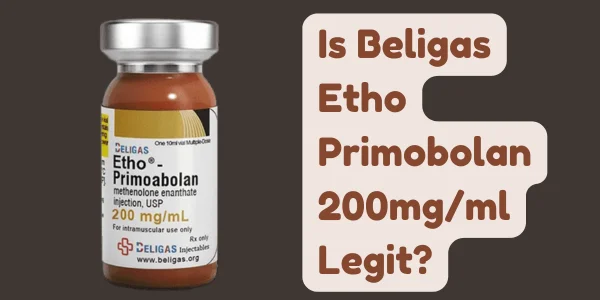Access to timely and effective healthcare has long been a challenge for many individuals. From geographical barriers to economic constraints, countless obstacles prevent people from receiving the care they need. However, advancements in technology are opening doors to accessible and inclusive healthcare solutions that improve patient outcomes.
This blog explores innovative approaches to healthcare access, from leveraging technology to simplifying care delivery, and creating tools like appointment reminder software designed to reduce no-shows. By addressing healthcare accessibility, we pave the way for a healthier and more equitable future.

Addressing Barriers to Healthcare
The importance of accessible healthcare
Effective healthcare access is critical for early detection and prevention of illnesses. Yet, millions face challenges such as limited transportation, long wait times, and insufficient resources. These barriers often lead to delayed care, worsening conditions, and higher healthcare costs.
Accessible healthcare solutions bridge these gaps, ensuring that care reaches those who need it most. This means reducing physical, financial, and structural obstacles while streamlining communication between providers and patients.
The cost of inaccessibility
Did you know that healthcare costs skyrocket when issues go unaddressed? Studies show that a lack of access to primary healthcare leads to increased emergency room visits and hospital admissions, which are far more expensive than regular preventive care. Making healthcare accessible is not only a moral imperative but also a way to reduce financial strain on both individuals and healthcare systems.
Technology’s Role in Transforming Healthcare Access
Telemedicine
Telemedicine has revolutionized the way we receive care. By enabling virtual consultations, it eliminates the need for travel, providing patients with access to doctors from the comfort of their homes. This is especially beneficial for those living in remote areas or with limited mobility.
Services like video consultations and remote health monitoring have expanded significantly in recent years, allowing physicians to diagnose, treat, and follow up with patients using digital tools. This approach reduces wait times and makes expert advice more readily available.
Appointment management tools
Missed appointments are a significant issue, causing inefficiencies and wasting valuable healthcare resources. Appointment reminder software designed to reduce no-shows is a game-changer in this space. These tools automate reminders via text, email, or phone calls, ensuring patients don’t forget their scheduled visits.
By minimizing no-shows, providers can optimize their schedules, reduce long waitlists, and save costs associated with missed appointments. Patients, in turn, receive seamless care while fostering better communication with their healthcare teams.
Mobile health applications
Mobile health applications empower patients to take charge of their well-being. These apps provide access to medical records, appointment scheduling, medication reminders, and fitness trackers. By putting essential information at users’ fingertips, mobile health solutions encourage proactive health management.
Apps designed specifically for underserved communities also provide education about health conditions and resources, which increases awareness and encourages preventive care.
Innovating for Equity and Better Outcomes
Community healthcare initiatives
Technology alone is not enough; it must be complemented by community-based healthcare programs. Mobile clinics and pop-up healthcare centers bring essential services to underserved areas, addressing the needs of those who face physical or financial barriers. Platforms that integrate telehealth with on-the-ground initiatives can further amplify reach and impact.
Personalized patient care
Accessible healthcare solutions increasingly focus on individual needs. AI-powered tools, for example, analyze patient data to create tailored treatment plans and predict potential health risks. Personalized care ensures that every patient receives the attention and treatment they require, improving long-term health outcomes.
Building a Collaborative Future for Healthcare
Collaboration between stakeholders
Achieving true healthcare accessibility requires collaboration among stakeholders, including governments, healthcare providers, and tech innovators. Policymakers can invest in infrastructure, while businesses develop solutions that address real-world barriers.
At the same time, engaging patients in the process is key. Their insights and feedback can help shape tools and services that foster trust and accessibility.
The vision for tomorrow
Imagine a future where healthcare is within reach for every individual, regardless of their socioeconomic status or geographic location. By combining technology, personalization, and policy support, we can make this vision a reality.
Taking the Next Steps to Health Equity
Accessible healthcare solutions hold the key to achieving better patient outcomes and mitigating inefficiencies in the system. Tools like telemedicine, mobile health apps, and appointment reminder software designed to reduce no-shows are paving the way for seamless care experiences.
But these solutions are just the beginning. Building a healthier, more inclusive world will require ongoing commitment, innovation, and collaboration. The future of healthcare depends on the steps we take now to prioritize accessibility in every corner of the system.
By championing the cause of accessible healthcare, together we can create a future where everyone receives the care they deserve.



